10 Practical Ways To Improve Employee Commitment In Your Organization.
Are you ready to unlock the full potential of your workforce? How can you inspire unwavering commitment and create a team that goes the extra mile? Why are some employees always ready to tackle any challenge that comes their way while those who are in it for the paycheck are on a never-ending coffee break. Well, the difference lies in the level of employee commitment.
Organizations thrive when employees are committed and motivated to achieve organizational goals. In contrast, employees with low job commitment do only enough to work by. They consider themselves outsiders and will likely leave your organization for an attractive job offer elsewhere.
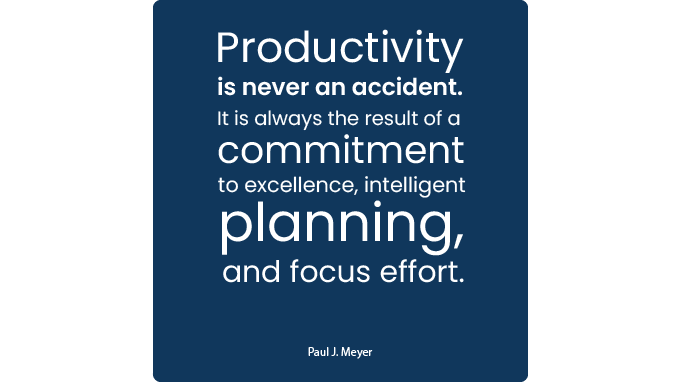
While the issue of low employee commitment isn’t uncommon, it can hold back your organization's success. So, the questions above resonates with you then you ar at the right place.
Let's dive deeper and find practical ways to gain employees’ commitment to work. Because when your employees are committed to the organization's success, the sky's the limit!
Let’s start with the basics first.
What Is Employee Commitment?
Employee commitment refers to employees' dedication, loyalty, and emotional attachment toward their organization. It represents the extent to which employees are willing to go above and beyond their basic job requirements and put in extra effort to contribute to the organization's success.
A bond between your organization and your people inspires employees to go the extra mile to achieve organizational goals.
Employees' commitment to the organization shapes their behavior. That's why we often see committed employees ready to take on any challenge to help the organization succeed. They're determined, productive, and proactive in offering their support.
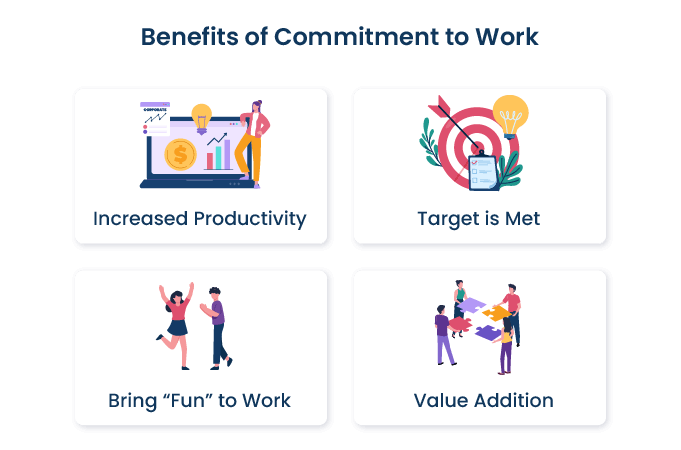
Let's take a look at some employee commitment definitions by authors and researchers:
Employee commitment is a psychological state that characterizes the employees’ relationship with the organization and has implications for the decision to continue membership in the organization.
-Meyer & Allen.
Employee commitment can be defined as the degree to which the employee feels devoted to the organization.
-Akintayo.
Employee Commmitment Vs. Employee Engagegement
Employee engagement and organizational commitment are different concepts but often confused. While both relate to an employee's level of dedication and involvement, they differ in their focus and scope. Let's have a clear look at it;
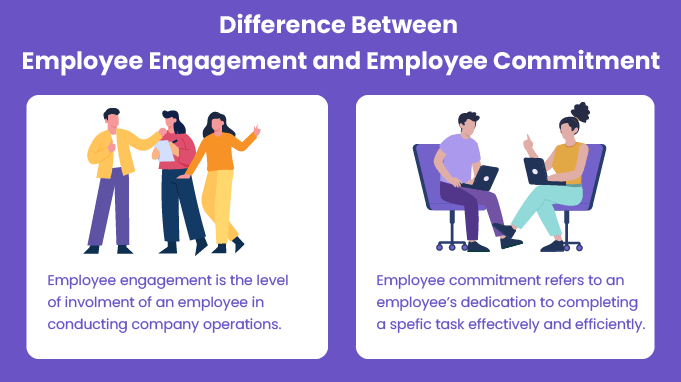
Employee engagement refers to the level of enthusiasm and dedication an employee has towards their work and the organization. It focuses on their emotional connection, motivation, and satisfaction with their job.
On the other hand, employee commitment specifically relates to an employee's sense of loyalty, dedication, and willingness to go above and beyond for the organization. While engagement reflects the overall level of involvement and enjoyment in work, commitment emphasizes the employee's long-term dedication and investment in the organization's goals and success.
10 Effective Ways To Boost Employee Commitment In The Workplace
Boosting employee commitment doesn't have to be rocket science. When employees feel connected to their work, the company's mission, and their colleagues, they are more likely to be motivated, productive, and loyal. However, fostering commitment and engagement requires a proactive and strategic approach.
In this response, we will explore several effective strategies to increase employee commitment and engagement, helping organizations create a positive and thriving work environment. Here are 10 practical ways to improve employee commitment in your organization:
1. Recognize Employee Efforts
While a competitive salary is undoubtedly motivating, employees are not solely driven by monetary compensation. Recognition for their efforts is equally important to them.
Employees appreciate feeling valued, which can be achieved through various means, including verbal praise, non-verbal gestures, monetary rewards, and non-monetary incentives.
It creates a sense of accomplishment among employees and motivates them to reciprocate with better dedication and commitment toward achieving the organizational goals.
Recognizing your employees can increase their chances of repeating the same action by 92%. Yet only 2% of employees receive daily recognition, and 29% are not recognized.
So, make sure you're recognizing your employees in meaningful ways. It may be a “Well done.” during a company meeting, a handwritten note, or an email. You can also recognize your people with badges and shoutouts on social feeds.
Nowadays, a wide array of efficient platforms are available that can be tailored to meet the unique recognition needs of companies.
These platforms and software solutions can offer customizable features inspired by artificial intelligence (AI) and equipped with advanced capabilities, empowering you to thrive in employee recognition.
Vantage Circle is an innovative employee engagement platform that helps organizations foster a culture of recognition and well-being.
With its comprehensive suite of tools and personalized solutions like company-wide social feed, platform journey and latest leaderboard rank statistics, customized badges, service milestones recognition, and AI-powered service yearbook,Vantage Circle's rewards and recognition platform is empowering companies to enhance employee satisfaction, boost productivity, and strengthen overall employee engagement.
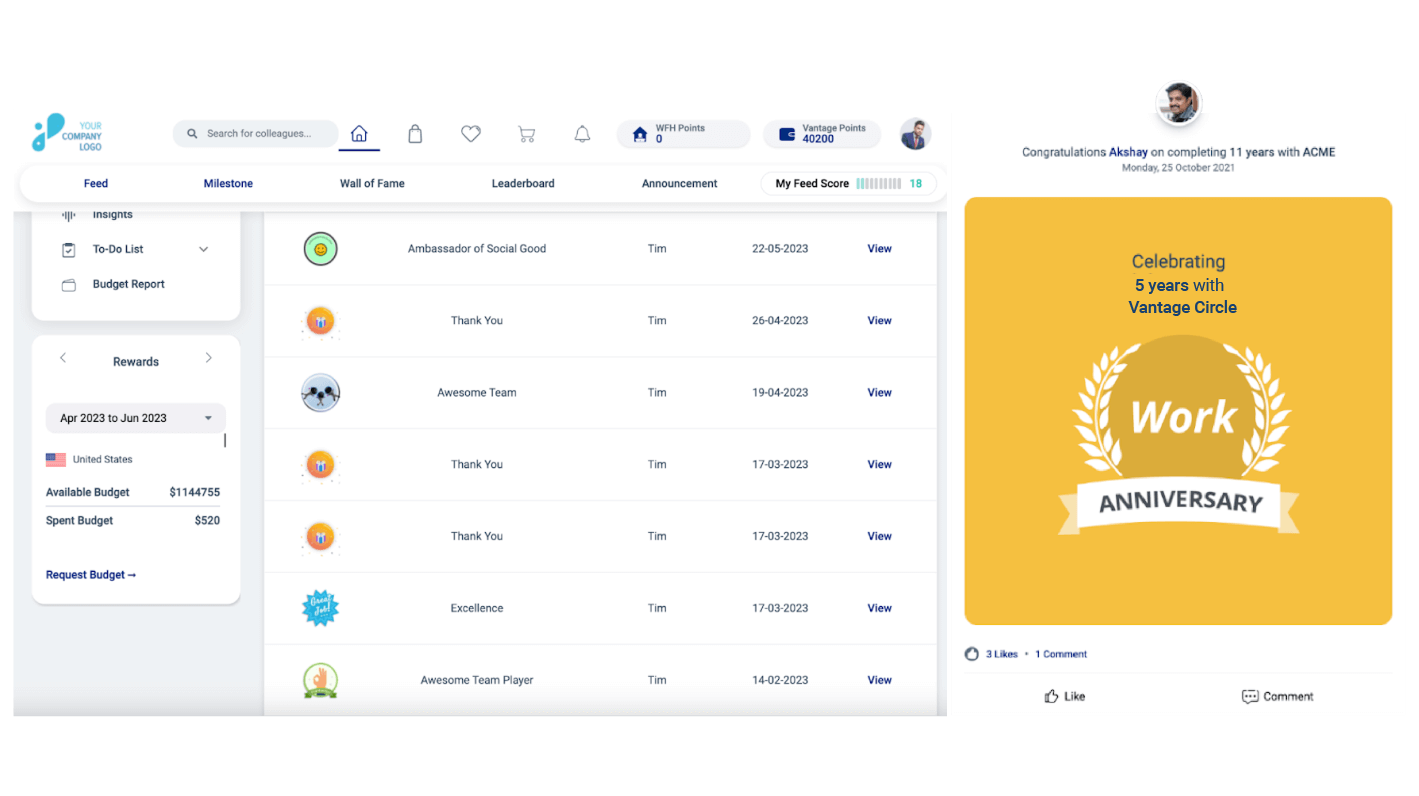
We also have the gift card option and discount coupons catering to various merchandise. You can also design a reward segmentation plan to design a recognition system that caters to the diverse needs of your people.
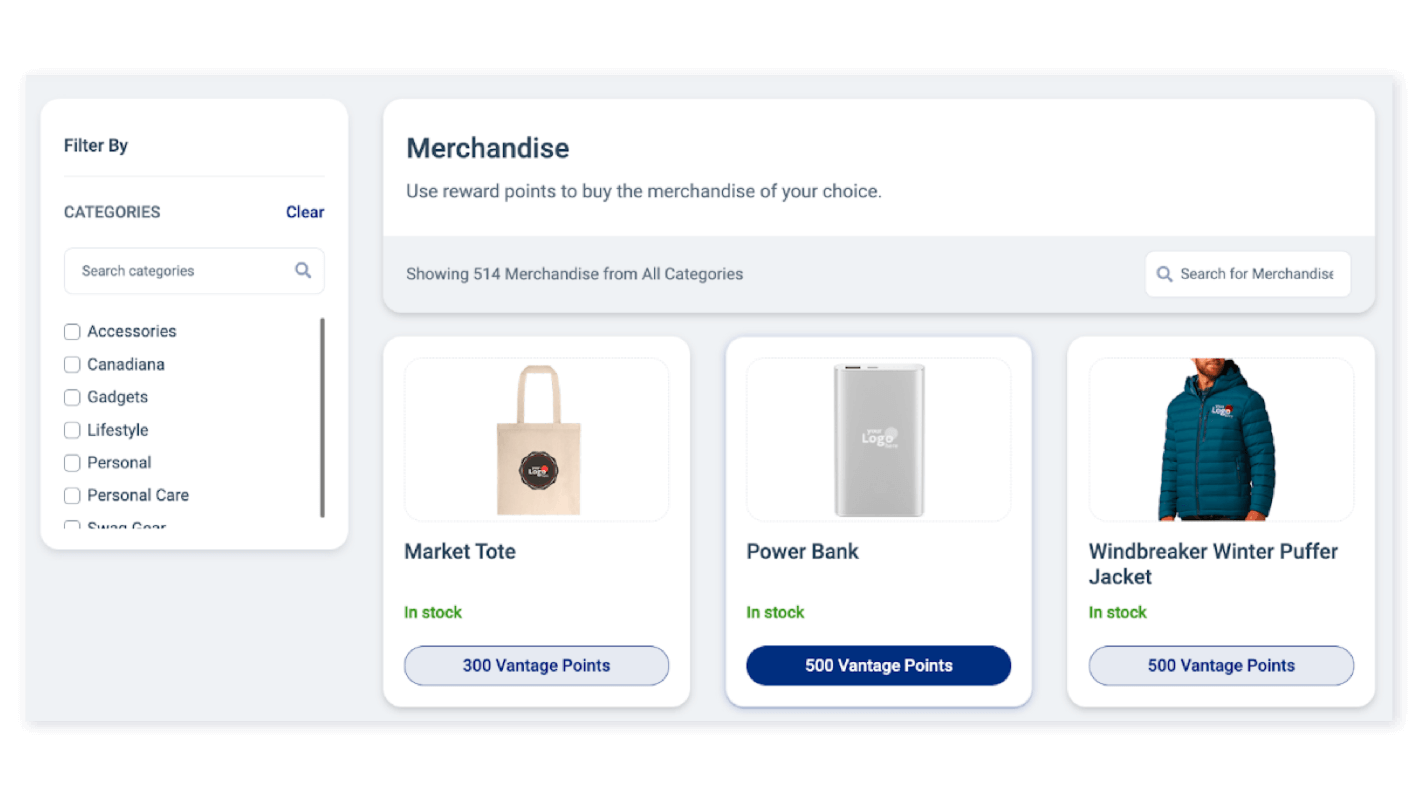
2. Make Them Feel Heard
When employees feel heard, they're more likely to be committed to their work and the organization. And your managers can play a crucial role here. They are responsible for establishing open lines of communication, actively listening to their team members' ideas and concerns, and providing constructive feedback.
So how can managers ensure that employees are heard?
Managers can help create an environment where employees get to voice their opinion through;
Ongoing Feedback: This feedback can come from both vertical and horizontal channels, such as feedback from managers, peers, and customers.
Regular check-ins: This allows one to discuss what's working and what's not. It will also help you address any concerns or issues.
Make them part of the decision-making process: While an organization's success depends on team effort, many managers tend to forget this fact. As a result, rather than being collaborative, decision-making becomes dictating. And employees start feeling left out.
Allow employees to share their ideas and suggestions during meetings. Make them feel like their opinions matter. It will help employees see their role in the bigger picture. Ultimately, you will get employees ready to go above and beyond to achieve the organizational goals.
3. Organizational Relationships
Having better organizational relationships at work creates a sense of belonging among employees. When employees feel like they're part of a tight-knit team, they're more likely to feel commitment toward their team’s success and the organization as a whole.
These relations can broadly be understood under two categories– relationships with peers and managers.
Relationships with peers can create social interactions and foster camaraderie and teamwork among your people. On the other hand, relationships with managers are important to create a sense of trust and support among your people.
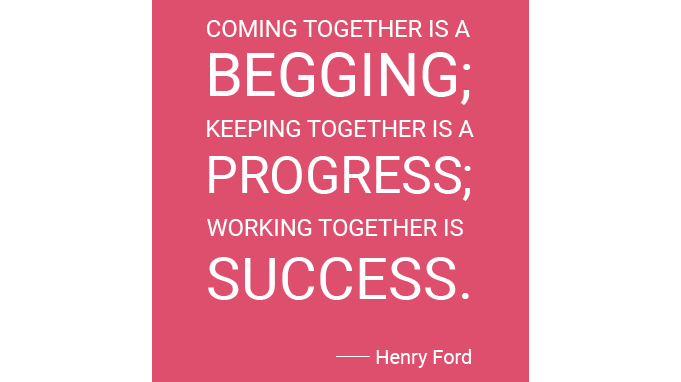
Workplace relationships are also crucial to create an environment of psychological safety. It fosters a culture where employees feel comfortable approaching their managers and peers with concerns or ideas.
4. Support Your People
Without a doubt, employee support is an essential component in cultivating a committed workforce. This support can take many forms, including employee assistance programs, workload management, etc.
Offer your people the assistance they need while facing challenges or obstacles. This includes offering advice, sharing experiences, and providing feedback to help employees grow personally and professionally.
You can also reach out to employee support groups to help you foster a culture of collaboration that enables individuals to connect, share experiences, and offer guidance to one another. These support groups can provide a platform for employees to discuss challenges, brainstorm ideas, and find collective solutions.
Employees with someone to turn to for guidance are more likely to feel supported and invested in their work. This, in turn, can lead to increased commitment and organizational performance.
5. Work-life Balance
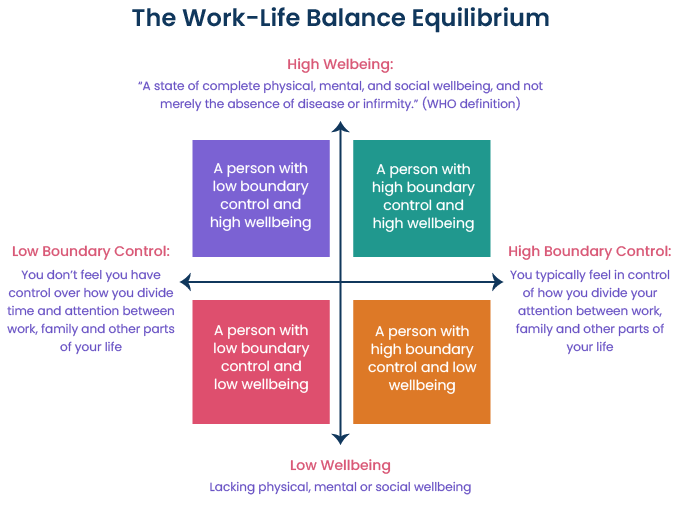
Embrace policies that can help employees achieve a healthy work-life balance. This can include offering flexible work schedules, remote work options, and other benefits.
In a study, most employees (79%) agreed that a flexible schedule is the key to unlocking a work-life balance.
These initiatives from your side will help your people balance their professional and personal obligations without stress. This can, in turn, reduce burnout and increase their commitment and productivity.
6. Take Care Of Employees’ Health
Taking care of your people doesn’t have to be restricted to offering help in getting work done. You also need to support their mental and physical health.
These small efforts from your side will definitely make your employees feel valued and cared for. Moreover, a healthy workforce is more likely to be motivated and committed.
To make this possible, initiate an employee health and wellness program. Such platforms promote healthy behaviors and provide resources for employees to improve their well-being, such as fitness programs, nutrition counseling, and stress management workshops, the program can lead to improved employee health.
In a study, 75% of workers expressed interest in being part of a corporate wellness program. Again, 59% of employees said a wellness program has helped them live a healthier life.
Wellness platforms today offer a range of features including personalized health assessments, fitness tracking, nutrition guidance, wellness resources, and social/community features. These empower employees to improve their well-being, leading to increased engagement and productivity.This is where a comprehensive wellness program like Vantage Fit can make a significant difference.
Vantage Fit goes beyond individual health goals by fostering a sense of community and teamwork. Employees can engage with colleagues through team challenges, social interactions, and receive recognition for their achievements. By implementing Vantage Fit, organizations demonstrate their commitment to employee well-being, leading to a healthier, happier, and more productive workforce.
Make sure the tool you choose lets your people measure heart rate and step counts, track health goals, do guided exercise and meditation sessions, and more.
Want to know how Vantage Fit can supercharge your corporate wellness initiatives?
Book a demo now.
7. Learning And Development Opportunities
Investing in the growth and development of your employees helps them enhance their skills and knowledge. At the same time, you get a workforce who are committed and loyal to their work and your organization.
You can offer your people a number of learning opportunities, such as-
- Free access to premium courses
- Workshops
- Seminars
- A selected range of online courses that aligns with their existing skillset
- Mentoring programs, and so on.
These initiatives will enable them to perform their roles more effectively and boost their confidence. Employees who feel competent and capable in their work are more likely to be committed to your organization.
Internal promotion also serves as a crucial element in this process. It provides employees with a clear path for growth and advancement within the organization. It also demonstrates your commitment to nurturing talent from within.
Moreover, knowing their efforts and dedication can lead to advancement will motivate your people to stay longer and contribute to the organization's success. Ultimately boosting their commitment to the organization.
8. Foster Trust
In a work culture based on trust, employees develop a sense of ownership and loyalty towards their work. This, in turn, makes employees more committed to your organization.
Being able to trust their coworkers (and vice versa) makes them feel secure and confident in their roles. It further enables them to take risks, share ideas, and collaborate effectively.
As per a study, employee commitment is determined by three key drivers. They are (1) fairness, (2) trust, and (3) concern for employees.
Not sure how to foster trust in your organization?
We’ve got your back. Here are a few things you can do to,
- Promote diversity in hiring.
- Foster a sense of belongingness among employees.
- Encourage open communication, transparency, and mutual respect.
- Ensure fairness in policies, decision-making processes, and treatment of employees.
- Creating an inclusive work environment where employees feel valued and respected regardless of their background.
9. Psychological Safety
A study identified creating safety and security in the workplace as one of the top organizational practices in building employee commitment.
Psychological safety is an atmosphere where employees feel safe expressing their thoughts, ideas, and concerns without fearing judgment or reprisal. This creates a supportive environment where ideas are nurtured and innovation blooms.
When employees feel safe admitting their mistakes and asking for help, they become more willing to collaborate. Ultimately leading to better teamwork and increased commitment to shared goals.
You can think of it as a safety net for your employees. A net that will catch them when they stumble and help them bounce back stronger and more committed than ever.
10. Induction and Training
According to a study, an employee's early job experiences and their commitment to the organization are interlinked.
Think of it this way.
You wouldn't want to jump into a pool without knowing how to swim. Right?
The same goes for your employees. Without initial guidance and proper training, your employees can quickly become overwhelmed and disengaged. Eventually, it will rattle their commitment, and they will end up saying 'adios' to the job.
So how does training help?
- Proper induction and training will further provide your employees with the knowledge, skills, and confidence they need to conquer the challenges ahead. Moreover, a thorough induction process can help your new hires feel welcomed and valued from the get-go.
- Inductions and training sessions offer you the opportunity to showcase the organization’s culture, values, and goals while providing clear expectations and guidelines.
- It will also help employees feel connected to the organization, and this sense of belonging will boost their commitment. Because they will know they're not just a cog in the machine but an integral part of the team from the first day onwards.
What Are the Three Types Of Employee Commitment?
Organizational commitment is typically divided into three kinds.
1. Affective commitment: It’s a commitment that employees show because they love what they do. It’s strongly related to employees' emotional connection with the goals and values of the organization.
2. Continuance commitment: This type of commitment is seen among employees who fear what they could lose if they leave your organization. It could be the fear of financial losses or social costs (such as reputation).
3. Normative/Morale commitment: It’s the sense of commitment that results when employees feel obligated to your organization or their manager. They want to give back for all the value you have invested in them. There is a sense of reciprocity here as you and the employee are tied with a mutual sense of responsibility.
But not all organizations successfully maintain the same level of commitment among all employees. Different individuals may have varying commitment levels based on their motivations, experiences, and perceptions of the organization.
How Do You Measure Employee Commitment?
Pulse surveys is the answer. They are a valuable tool for measuring employee commitment within an organization. These surveys typically consist of a few targeted questions that are sent out to employees on a regular basis, such as weekly or monthly. But first it is important to look at the below factors for accurate results.
1. Calculate employee turnover rates: If employees are frequently leaving your organization, it could be a sign of low commitment levels.
2. Measure employee productivity: Find out if your employees are meeting targets and producing quality work.
3. Direct Interaction: Another effective way to measure commitment is by asking your people directly with employee pulse surveys. In the employee commitment survey questions, ask your teams how they feel and what they need.
With pulse surveys, you can monitor their job satisfaction, relationships with colleagues and supervisors, and overall engagement. However, don’t forget to make these surveys anonymous.
Vantage Pulse is a powerful and efficient e-NPS based platform that can make the entire process of surveying and measuring easier for you.
It will cover everything, from measuring employees’ organizational commitment in quantifiable terms to visualizing data for easy interpretation.
Vantage Pulse’s surveys enable incentivization of the users on completion of surveys thus increasing the participation rate of the employees.
It will also let you automate the frequency of surveys and assist you in forming the right questions.
Here’s a sample employee commitment survey questionnaire to give you an idea of what to ask:
- Are you committed to the company's mission and values?
- Are you satisfied with your job?
- Do you feel connected with your coworkers?
- Are you motivated to perform your best at work?
- Are you satisfied with the work-life balance provided by the company?
- Do you receive regular feedback from your managers and peers?
- Are you recognized for your work?
- Are you happy with the opportunities for career advancement within the company?
- Are you satisfied with the company's compensation and benefits package?
- Do your skills and abilities align with your current role?
So, there you have it:
Employee commitment isn't built in a day. But with these tips, you're on the right way. Remember, it’s the small things that matter most. You can start by acknowledging their hard work or giving them a platform to voice their concerns.
So, are you ready to make it happen?
FAQ
1. How does ethics contribute to employee commitment?
When an organization upholds strong ethical values and practices, it creates a trust-filled environment. On the flip side, when employees have a moral compass, they try to give back the value you have invested in them. As a result, you get more engaged and committed employees.
2. What are the indicators of commitment?
Here are some common indicators or signs of committed employees;
- Ready to go above and beyond for organizational success.
- Enthusiastic and passionate about their work
- Identify and internalize the company’s values.
- Reliable, accountable, and punctual
- Willingly takes the initiative
- Sticks around even when times get tough.
3. What’s the importance of employee commitment in an organization?
Employee commitment is the secret sauce that keeps employees engaged, motivated, and loyal to the company's mission. When employees are committed, they give their all. This dedication creates a vibrant work culture and boosts productivity, innovation, and teamwork.



















